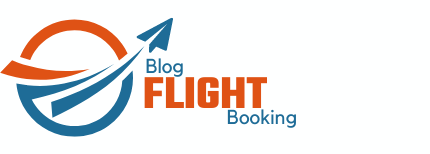Ibero-American Futures Lab Launched at Qurino Awards
The Futures Lab, a new initiative unveiled at the Quirino Awards, brought together leading voices from the Ibero-American animation to grapple not with predictions but with possibilities. “We’re not here to predict what will come, but to build it actively,” said Silvina Cornillón, capturing the Lab’s ambition to braid past, present, and future as the sector navigates existential change.
Supported by the Ortega Marañón Foundation, it featured speakers such as Henar León, head of innovation and subsidies at PRISA, who outlined the global megatrends reshaping the audiovisual industries from artificial intelligence and sustainability to political turbulence, market uncertainties, and shifting consumer behaviors. “We are living in a time where technology is moving faster than we’ve ever experienced in human history,” León told the packed audience, warning that the rapid rise of AI and emerging tech would bring both risks and opportunities for the animation world.
José Luis Farias, executive producer and coordinator of the Lab, reflected on the progress made since the Quirino Awards’ launch eight years ago. While initiatives like the Ibermedia Next program and the White Book of Ibero-American animation have created collaboration, Farias acknowledged the numerous remaining challenges. “We’ve been trying to find concrete solutions to concrete problems, but now we need a more holistic, global vision,” he said. “We have to use collective intelligence because we are all in this together.”
Across three breakout groups, participants sat in the round, sharing viewpoints as they worked to map out what the Lab called the Weight of the Past honoring artisanal skills, cultural heritage, and storytelling traditions; the Push of the Present from leadership development to the creation of original IP; and the Pull of the Future envisioning stronger alliances, cross-sector collaborations, and a responsible approach to AI integration.
Summing up the day’s discussions, Federico Ullolo, cultural director of the Ortega Marañón Foundation, outlined four aspirational scenarios emerging from the Lab. The first was an “official scenario,” recognizing that “we’re not that bad” and that the sector has much to be proud of. The second, a “chaotic scenario,” warned that doing nothing risks stagnation. A third, “visionary scenario,” imagined a future where Ibero-American animation fully realizes its potential to help build society by shaping values, education, and economic growth. Finally, an “alternative scenario” focused on strengthening alliances grounded in the sector’s unique values.
“This is a sector that has always adapted, that has continued to generate value,” Ullolo emphasized. “We need to understand the value and potential of Ibero-American animation in the construction of society.”
It will continue beyond the Quirino Awards, with upcoming online and in-person workshops leading up to a presentation to international cultural leaders at Barcelona’s Mondialcult event in September. As Farias put it, “We’re moving from isolated initiatives to a collective narrative. And that narrative needs all of us.”
By bringing these ideas together into a shared narrative, the hope is to offer policymakers a clearer understanding of how to support and sustain the cultural value a broad and diverse animation industry provides.


